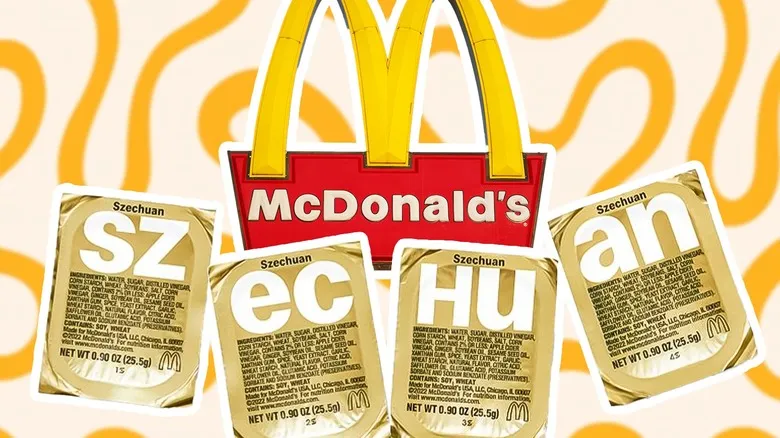It wasn't supposed to come back
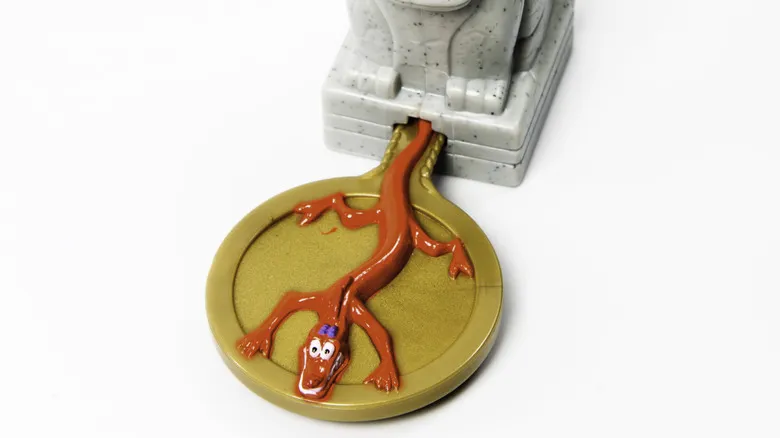
It may not seem like it now, but Szechuan sauce was never meant to return after its initial release in 1998. Originally created as a promotional item for a Happy Meal tied to a movie, it was expected to disappear once McDonald's moved on to its next film partnership. There was little demand for the sauce, and it had largely become a forgotten piece of McDonald's history that few people thought about. In an alternate reality, the sauce would have likely slipped into obscurity, lost among the many iterations of McDonald's Happy Meals.
However, everything changed when the hit animated series "Rick and Morty" mentioned the sauce in an episode, prompting a chef to tweet about it. This might have gone unnoticed, but the chef in question was Mike Haracz, a corporate chef at McDonald's. He and the company decided to play along with the joke by whipping up a few bottles of the sauce and sending them to the show's creators. One of those creators later hinted at San Diego Comic-Con in 2017 that he might be receiving some of the discontinued sauce, eventually sharing a tweet showcasing the large jug he got. At that moment, Szechuan sauce was firmly on the radar of "Rick and Morty" fans across the United States.
The 1998 ads for the sauce were criticized for stereotyping
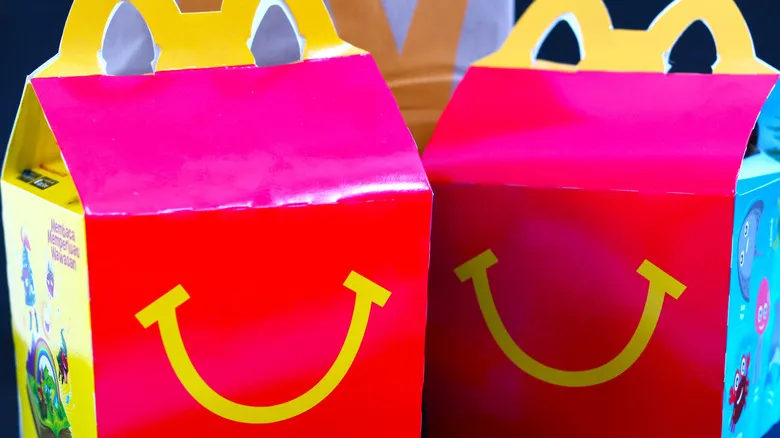
As anticipated, McDonald's launched a series of commercials in 1998 to promote the "Mulan" Happy Meal. Unfortunately, these ads did not stand the test of time, primarily featuring actors performing a range of clichéd bows and martial arts stances. The promotional materials were filled with cringe-worthy puns, and one commercial even depicted Ronald McDonald literally chopping the tagline in half. While Disney's "Mulan" tells the story of a young girl who disguises herself to join the army, and martial arts play a role in the film, the advertising campaign failed to effectively communicate that connection. Instead, the overall presentation came off as overly cartoonish — and not in a good way.
Both Disney and McDonald's asserted that they had tested the ads with a group of Asian-American employees, but this did little to sway those who found the ads distasteful. Many viewers expressed stronger reactions, labeling the campaign as offensive. Both companies were taken aback by the backlash, but fortunately, the promotion only lasted a few weeks.
McDonald's version is nothing like what you'll find in Sichuanese cuisine

It's likely not surprising that McDonald's "Szechuan" sauce doesn't truly replicate the intensely spicy flavors of Sichuan cuisine. Historically, adaptations of Chinese recipes in the U.S. have stemmed from limitations in available ingredients. Interestingly, these dishes were not originally designed for American palates; they were first created for other Chinese communities, but chefs often lacked access to the same ingredients found in China. This issue persisted even into the 2000s, until the import ban on Sichuan peppercorns was finally lifted.
In the case of McDonald's, the cultural inaccuracy of the sauce was less about ingredient shortages and more about making it appealing to children. At that time, the company already had a sweet Thai chili sauce recipe used in its Asian locations, which have a different menu from American restaurants. The creators of the Szechuan sauce simply adapted this chili sauce recipe, omitting any spiciness to ensure it would be suitable for kids. While some children may enjoy spicy foods, many do not, and the Szechuan sauce was intended to be enjoyed by all.
The reference in that Rick and Morty episode was a passing joke

The "Rick and Morty" episode that sparked the frenzy for Szechuan sauce premiered on April 1, 2017. As previously mentioned, McDonald's decided to engage with the phenomenon, even sending some freshly prepared sauce to the show's creators. However, once that happened, the situation escalated dramatically.
Fans of the series quickly launched a petition to bring the Szechuan sauce back to stores, and McDonald's took notice — to some extent. The company recognized that there were fans eager to taste the sauce due to the show. Yet, when McDonald's announced a limited re-release of the sauce in 2017, they only distributed a small number of packets to select locations, planning for them to be given away in a one-day raffle alongside some promotional posters. Unfortunately, McDonald's significantly underestimated the fervor and size of the "Rick and Morty" fanbase.
People began camping outside stores before opening time, with some even dressing in costumes. At one McDonald's in Los Angeles, the competition for the sauce became so intense — with 300 people vying for just 20 packets — that police had to intervene to break up altercations. There were reports of individuals stealing food from other locations, and in one extreme incident, a man jumped onto the counter of a McDonald's, yelled at employees, and rolled around on the restaurant floor. Mike Haracz, the chef who tweeted about the sauce after the episode aired, received death threats. There was even an unconfirmed report of a stabbing at one location.
People have paid ridiculous sums for the sauce
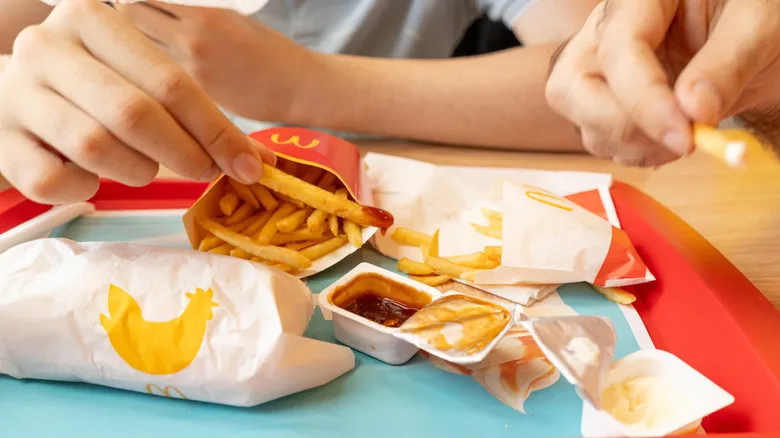
The 2017 Szechuan sauce debacle at McDonald's led to not only chaos but also some rather dubious transactions. Enthusiasts were so eager to obtain the sauce that they were shelling out hundreds of dollars for packets on eBay. Remarkably, one packet that had somehow survived since the sauce's original 1998 release sold for an astonishing $14,700. (To be fair, the sale included more than just that single packet — the seller also threw in some wasabi.)
The frenzy was so intense that people started bidding on eBay for images of the sauce, T-shirts featuring it, and even artistic renderings. At one point, a photo of an open sauce packet (which didn’t even confirm it was Szechuan — it could have been any McDonald's sauce) was listed for $1,525. Perhaps the most incredible trade occurred when a woman who managed to get her hands on some of the sauce during the 2017 release exchanged one packet for an entire car. Granted, it was a used vehicle, but that’s still quite an impressive feat.
The 2018 release was not as chaotic but also not as enthusiastic

In 2018, McDonald's chose to reintroduce the sauce in an effort to win back the favor of its fans. This time, the company made 20 million packets available to prevent a repeat of the chaos from the previous year. The launch was better managed, and there were no calls to the police, but the increased availability led to an unexpected outcome.
While the frenzy for the sauce seen in 2017 was no longer a concern, the company now faced feedback on the sauce's taste—and the reactions were not as positive as one might expect given the previous year's demand. Many people appreciated the flavor but noted it lacked spice, while others found it quite disappointing. One Reddit user shared a cartoon panel in the "Rick and Morty" subreddit, captioned, "This just tastes like soy sauce with extra steps." Some responses to that post suggested opting for Chick-fil-A's sauces instead.
The 2022 app-only promotion was likely a marketing ploy
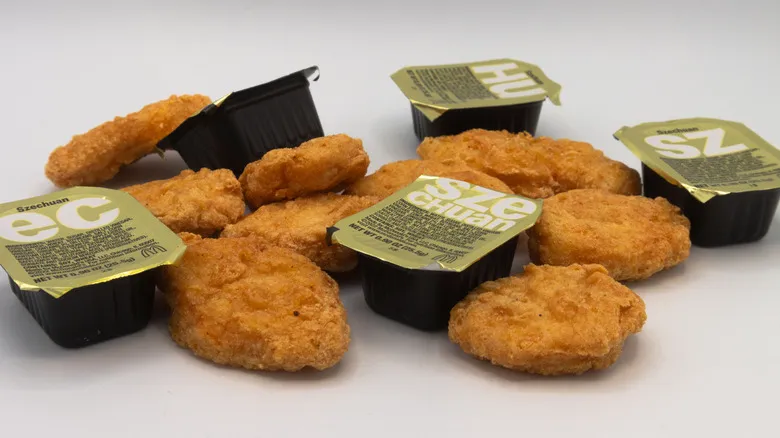
In March 2022, fans of McDonald's received an exciting announcement: in just 10 days, the beloved Szechuan sauce would be available again. However, there was a catch—customers had to use the McDonald's app (one of the 14 fast food apps we believe is truly worthwhile) to order Chicken McNuggets in order to receive the sauce as a complimentary side. Surprisingly, customers couldn't obtain the sauce through in-person orders. While this approach was convenient and helped prevent overcrowding at individual locations, it likely wasn't McDonald's main reason for this initiative.
The chain probably leveraged the demand for Szechuan sauce as a way to promote its app. This strategy was a smart move for the marketing team—more app users mean more data on customer preferences and behaviors. It's akin to activating personalized ads on social media. This data allows the company to tailor offers to you, increasing the likelihood that you'll engage with ads and take advantage of promotions that match your interests. Ultimately, this translates into greater revenue for the brand.
McDonald's tried releasing the sauce in China
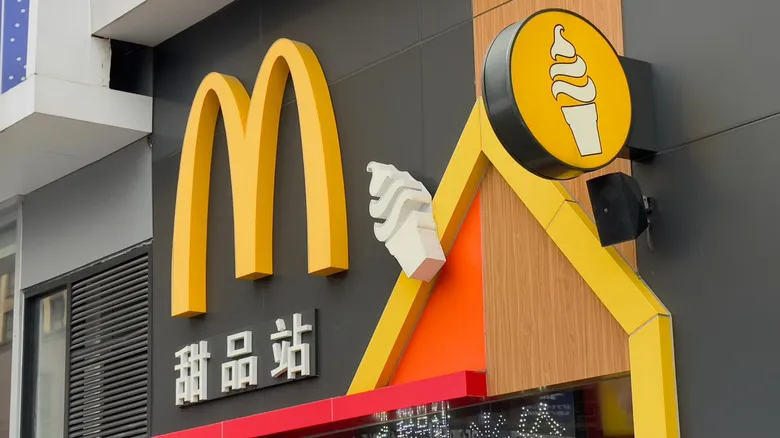
After reintroducing the sauce in the U.S. in February 2018, McDonald's expanded its release to China. The response was predictable. American expatriates in China were excited, eagerly queuing up to savor the sauce and reminisce about past experiences. In contrast, Chinese consumers were largely puzzled by its popularity. Most reviews fell into the mediocre to negative category, and when the South China Morning Post recorded reactions from staff and customers tasting it, the feedback was lackluster. One woman remarked that it was good, but also described it as "sweet and sour" with a flavor reminiscent of black pepper—an assessment that bears little resemblance to authentic Sichuan cuisine.
A Reddit user provided some clarity on the distinction. First, Sichuan is a vast region, meaning there isn't a singular "Sichuan sauce" in its culinary repertoire. A well-known spicy chili oil is commonly enjoyed, made with chili powder, chili flakes, and onions. However, many who sampled McDonald's version likened it more to Japanese teriyaki sauce.
So far, rumors of a 2025 release are just rumors
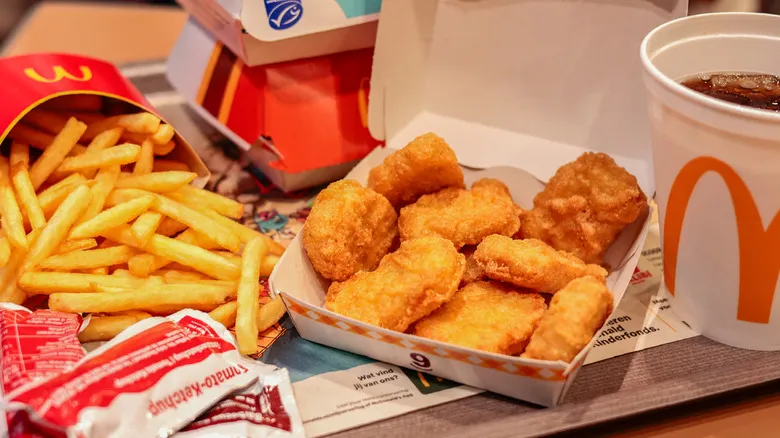
Rumors about the return of the sauce to the U.S. in 2025 are merely speculation. These rumors tend to circulate from time to time, and the appearance of news regarding past releases in search results only adds to the confusion. McDonald's usually doesn't provide much advance notice about the return of the sauce, making it difficult to trust claims about a potential comeback that is still months away. Additionally, be cautious of individuals making random assertions online about the return of Szechuan sauce, as these are often intended as jokes.
As of now, while significant changes are on the horizon for McDonald's in 2025, there are no confirmed plans to reintroduce Szechuan sauce. Releases in other countries do not necessarily indicate whether the sauce will make a comeback in the U.S.; for instance, when it was briefly available in Canada in 2024, there was no similar release in the U.S. The limited availability of the sauce is a strategic move to create more excitement and anticipation. This is a fundamental principle of marketing and business, and McDonald's understands that the desirability of the sauce is, at least in part, due to its scarcity.
Static Media is the owner and operator of Chowhound and Mashed.
Recommended

What Is Green Goddess Dressing, And Why Is It Popular Again?
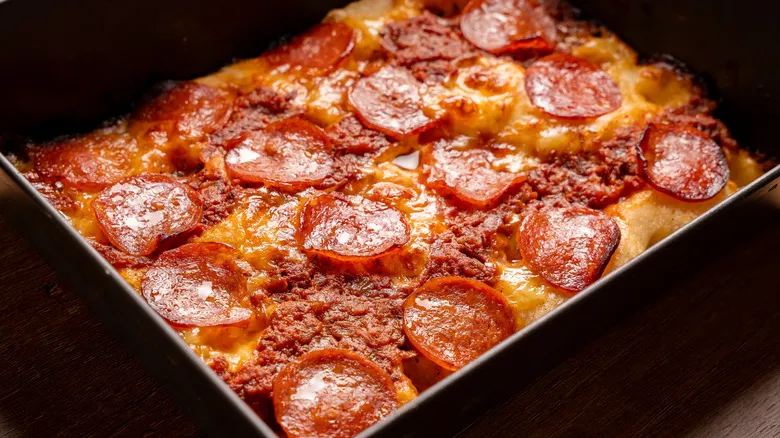
Are Detroit-Style And Sicilian Pizza The Same Thing?

Swedish Candy Vs American Candy: What Makes Them Different?

How Restaurant Etiquette Differs Around The World
Next up

